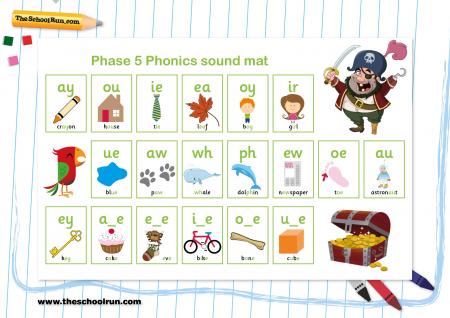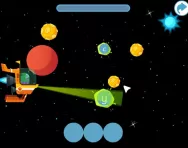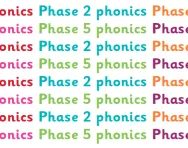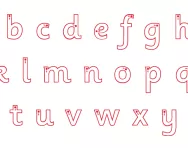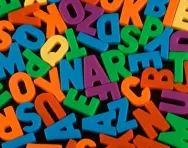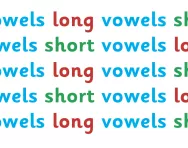TheSchoolRun.com closure date
As we informed you a few months ago, TheSchoolRun has had to make the difficult decision to close due to financial pressures and the company has now ceased trading. We had hoped to keep our content available through a partnership with another educational provider, but this provider has since withdrawn from the agreement.
As a result, we now have to permanently close TheSchoolRun.com. However, to give subscribers time to download any content they’d like to keep, we will keep the website open until 31st July 2025. After this date, the site will be taken down and there will be no further access to any resources. We strongly encourage you to download and save any resources you think you may want to use in the future.
In particular, we suggest downloading:
- Learning packs
- All the worksheets from the 11+ programme, if you are following this with your child
- Complete Learning Journey programmes (the packs below include all 40 worksheets for each programme)
You should already have received 16 primary school eBooks (worth £108.84) to download and keep. If you haven’t received these, please contact us at [email protected] before 31st July 2025, and we will send them to you.
We are very sorry that there is no way to continue offering access to resources and sincerely apologise for the inconvenience caused.
Parents' guide to Phase 5 phonics

What will your child learn in Phase 5 phonics?
Sara Wernham, a primary school teacher and one of the creators of the Jolly Phonics scheme, explains that during this phase, alternative spellings for sounds are introduced, such as 'igh.'
Initially, children focus on mastering these spellings in reading, gradually incorporating them into their spelling as their fluency develops.
Children acquire new graphemes (various ways of spelling each sound) and learn alternative pronunciations. For instance, they grasp that the grapheme ‘ow’ produces distinct sounds in words like 'snow' and 'cow.' The ability to blend improves, and they begin blending silently. They also delve into split digraphs, like the a-e in 'name.'
Progressing further, they become adept at selecting the appropriate graphemes for spelling and tackle more challenging words, including 'people,' 'water,' and 'friend.' Additionally, a new phoneme, /zh/, as heard in 'treasure,' is introduced.
By the end of Year 1, children are expected to:
- Articulate the sound associated with any grapheme presented to them.
- Write the common graphemes for a given sound (e.g., ‘e,’ ‘ee,’ ‘ie,’ ‘ea’).
- Utilise their phonics knowledge to read and spell unfamiliar words with up to three syllables.
- Read all 100 high-frequency words and successfully spell most of them.
- Demonstrate correct letter formation.
When will your child be taught Phase 5 phonics?
In Year 1, Phase 5 phonics typically spans the entire academic year for children. To assess their proficiency, all Year 1 students undergo a Phonics Screening Check at the end of the year. This evaluation ensures that they have effectively mastered the required phonics knowledge.
What sounds are children taught in Phase 5 phonics?
Here are some sounds that your child may learn in Phase 5 phonics:
You can print this sound mat out and stick it up at home to help your child practise their Phase 5 phonics sounds.
How can you help your child with Phase 5 phonics at home?
Supporting your child with Phase 5 phonics at home can be beneficial for their literacy development. Here are some suggestions:
- Practise reading together: Read books with your child regularly, focusing on words that contain the alternative spellings introduced in Phase 5.
- Word games: play word games that involve Phase 5 phonics, such as matching games or memory games with cards featuring words with alternative spellings.
- Phonics apps and online resources: explore educational apps and online resources designed for Phase 5 phonics. Many interactive tools can make learning engaging and fun.
- Spelling practice: practise spelling words with alternative spellings. Use magnetic letters, letter tiles, or write the words on a whiteboard.
Encourage your child to sound out and blend words independently. - Sentence Building: build sentences together using words with Phase 5 phonics. This helps reinforce the application of alternative spellings in context.
- Flashcards: create flashcards with Phase 5 words and their alternative spellings. Use these for quick, regular practice sessions.
- Writing activities: encourage your child to write short stories, sentences, or even a daily journal using words from Phase 5. This reinforces their ability to use these spellings in their own writing.
- Phonics play: engage in phonics play activities, such as sorting words with different spellings, playing phonics board games, or using online resources that provide interactive games for Phase 5.
- Celebrate progress: celebrate your child's achievements and progress in phonics. Positive reinforcement can boost their confidence and motivation.
